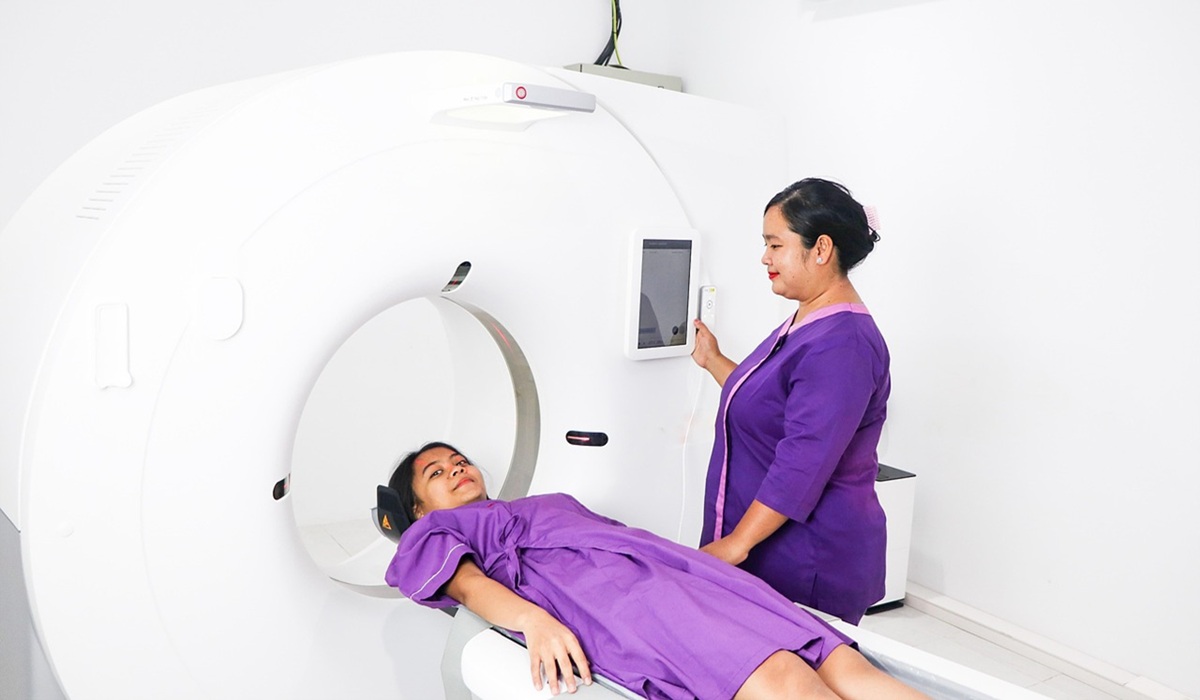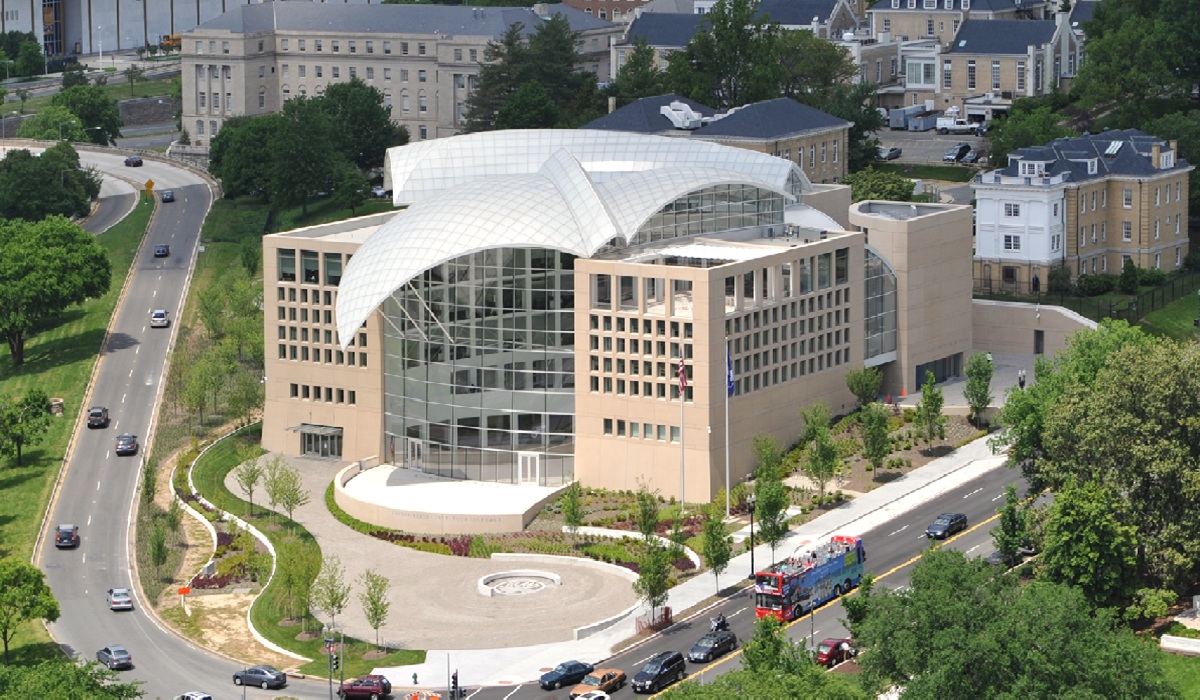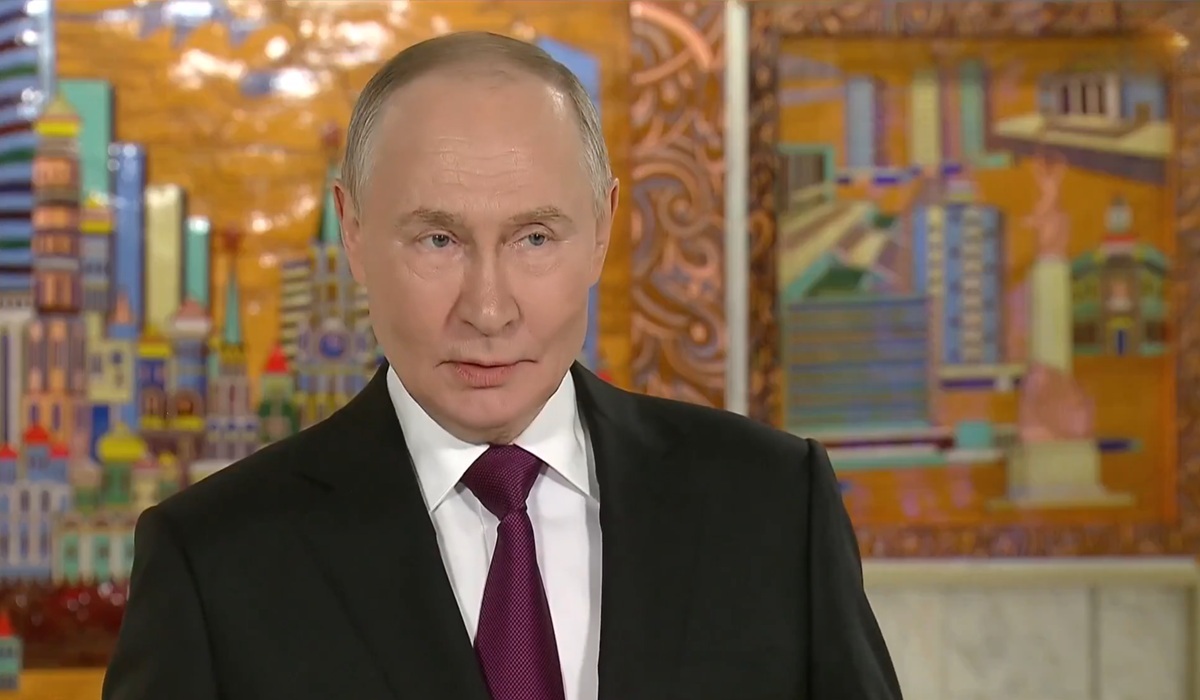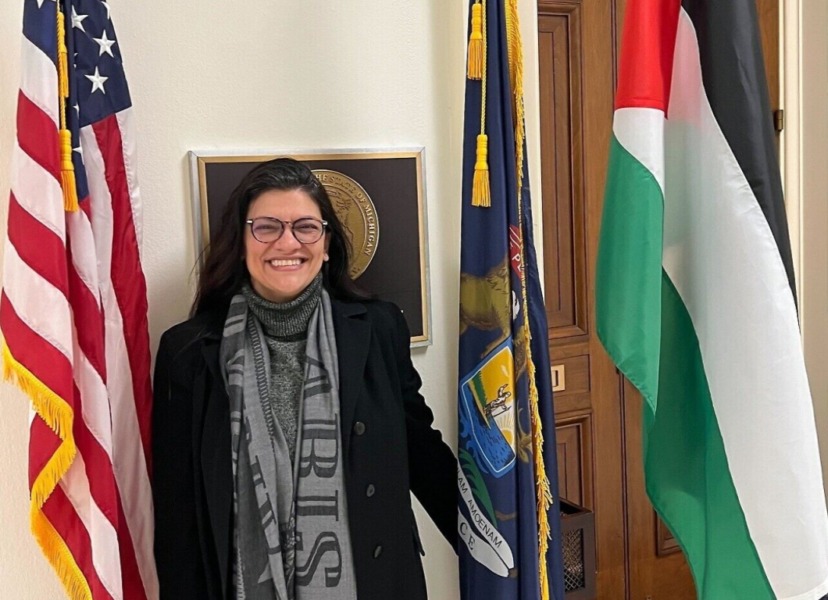The Backwards Logic of American Healthcare: Why the Sick Get Tested and the Healthy Get Ignored
- TDS News
- U.S.A
- October 18, 2025

By: Donovan Martin Sr, Editor in Chief
Image Credit: Bagoes Ilhamy
In Bangkok, for around a thousand U.S. dollars, a person can walk into a gleaming international hospital, request what’s called an “Executive Health Check,” and within three hours be tested for nearly every known disease or condition imaginable. Blood work, heart scans, cancer markers, imaging, kidney and liver function—all packaged neatly into one visit, and the results returned before nightfall. It’s a model of efficiency, prevention, and modern medical accessibility that leaves many Americans wondering why their own healthcare system, one of the most expensive in the world, cannot offer the same.
In the United States, the concept of preventive testing has been buried beneath bureaucracy, insurance paperwork, and rigid clinical guidelines that often deny people access to tests unless they are already showing symptoms. The paradox is staggering. You can’t be tested until you’re sick enough to justify it, but by then, the opportunity for early detection may already have passed. What’s sold as a system of precautionary care is, in truth, a reactive system built to manage disease rather than prevent it.
The American healthcare model, for all its advanced technology and medical talent, remains tangled in its own financial web. Tests are not ordered based on curiosity or prevention, but on justification. A doctor must often prove to an insurance company that a test is “medically necessary,” which usually means that the patient already feels pain, fatigue, or displays some abnormal reading. The patient, meanwhile, faces a series of hurdles: referrals, approvals, lab scheduling, co-pays, and the long wait for results that might take weeks or months. For those without insurance—and there are still tens of millions—the idea of getting comprehensive health testing borders on fantasy.
Contrast that with Thailand, where hospitals like Bumrungrad or Samitivej operate like streamlined wellness factories. Patients are ushered through a conveyor of care that feels more like hospitality than medicine. You pay once, and the hospital delivers everything. The process is fast, humane, and, perhaps most remarkably, affordable. There’s no question of whether you “qualify” for a test. You simply choose a package, undergo the exams, and walk away with a detailed assessment of your health. It’s proactive medicine in its purest form: find the problem before it finds you.
America’s resistance to this kind of model isn’t due to lack of capability. It’s cultural, bureaucratic, and deeply tied to profit. The U.S. insurance-based system was never built for efficiency—it was built for risk management. Insurers don’t want to pay for unnecessary tests, and medical institutions don’t want to take financial losses. The result is a system that treats symptoms rather than prevents them, rewarding intervention over foresight. A person’s health becomes a function of what their policy will approve, not what their doctor might recommend in the best interest of long-term wellbeing.
Preventive testing, the kind offered freely in other nations or through affordable medical tourism packages, is often seen in America as a luxury for the wealthy. Concierge medicine or corporate executive programs exist, but they are priced far beyond the reach of the average citizen. Meanwhile, public health campaigns emphasize annual physicals and a handful of screenings, but these efforts pale in comparison to what comprehensive, preemptive testing could reveal. Early detection saves lives, yet the American system waits for visible suffering before granting access to diagnosis.
This is more than inefficiency—it’s ideology. The U.S. healthcare structure is built on the idea of reaction, not prevention. The business model thrives when people get sick. Hospitals are reimbursed for procedures, not for the absence of disease. Pharmaceutical companies profit when prescriptions rise. Even insurance companies, despite their reluctance to cover everything, depend on the ongoing churn of illness and treatment. The system sustains itself on the very problems it should be solving.
In a rational world, the healthiest people would be the most thoroughly tested. Medicine would focus on keeping individuals well, not rescuing them after the fall. Countries like Thailand have recognized that offering complete screening is both good business and good medicine. Patients leave with peace of mind, hospitals operate efficiently, and diseases are caught early when they are most treatable. In the United States, the same thousand dollars might not even cover the cost of an MRI, let alone a full diagnostic panel.
The tragedy is not just the inefficiency or cost—it’s the philosophy. Americans have accepted a healthcare model where sickness is the price of entry. Until you show evidence of decline, the system largely ignores you. In that sense, the American patient is both customer and captive, forced to navigate a labyrinth of insurance codes and clinical thresholds just to receive what should be the most basic service: knowledge about their own body.
The irony is painful. The wealthiest nation on earth has built the least accessible path to health certainty. It has world-class hospitals, groundbreaking medical research, and cutting-edge technology, yet it remains blind to the simplest truth of medicine—that prevention is always cheaper, kinder, and wiser than cure. The rest of the world is not waiting. In Bangkok, in Singapore, in Seoul, even in parts of Europe, patients walk in for full-body scans, blood panels, and consultations that paint a complete picture of their health long before crisis strikes. They leave empowered. Americans, meanwhile, leave frustrated, overcharged, and underdiagnosed.
If healthcare is supposed to protect, then America’s system has forgotten its purpose. It protects corporations, not patients. It rewards paperwork, not wellness. And as long as the gate to testing remains locked until the symptoms appear, millions will continue to learn too late what they could have discovered early. In a nation obsessed with innovation, it’s not technology that’s missing—it’s common sense. The rest of the world is scanning for tomorrow’s illness. America is still waiting for today’s to show up.








